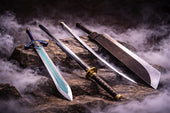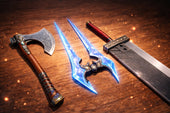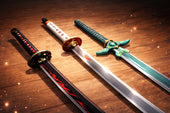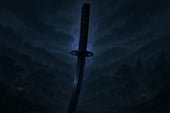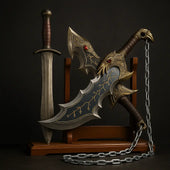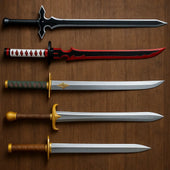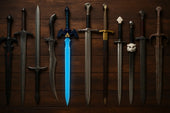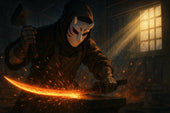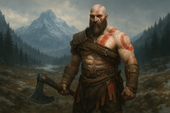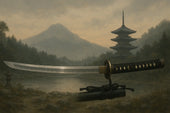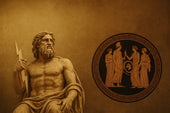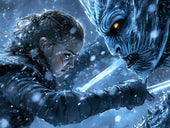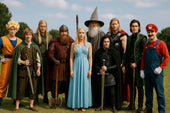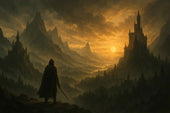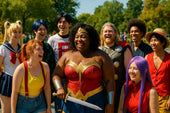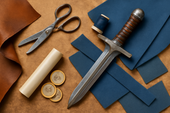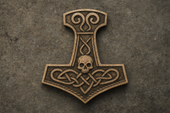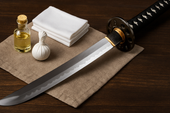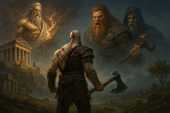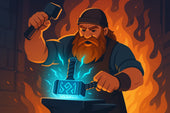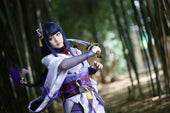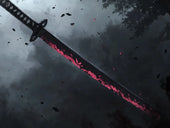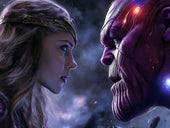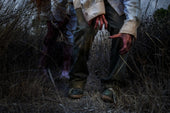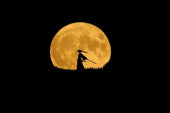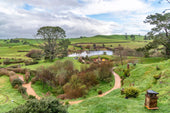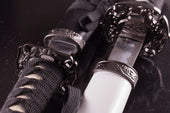Few fantasy epics have left a cultural footprint as deep and enduring as The Lord of the Rings by J.R.R. Tolkien. But what many casual readers might not realise is that the heart of Middle-earth beats with the echoes of Norse mythology. From wise wanderers to runes, from dragons to doomsday battles, Tolkien’s legendarium owes a great deal to the ancient sagas and stories of the Norse world.
Tolkien’s The Lord of the Rings draws heavily from Norse mythology, with influences seen in characters like Gandalf, creatures like trolls and dragons, and themes of fate and heroism. His deep knowledge of Old Norse texts shaped Middle-earth’s legends, languages, and epic battles, creating a fantasy world rooted in ancient myth.
In this blog, we explore how Norse mythology influenced Tolkien’s The Lord of the Rings, drawing connections between ancient gods and heroic journeys, mythical creatures, and legendary weapons.
Tolkien’s Fascination with Norse Lore
Tolkien was not just a writer; he was a scholar of ancient languages and literature, specialising in Old English and Old Norse. As a professor at Oxford, he translated and studied works like Beowulf, The Poetic Edda, and The Prose Edda. These ancient texts formed the bedrock of his understanding of myth and narrative.
The Norse worldview, especially its emphasis on fate, heroism, and the looming shadow of destruction (Ragnarök), left a lasting impression on Tolkien. He didn’t just borrow names or creatures; he adopted a whole mythic framework.
The Gods and Beings of Norse Myth
Gandalf and Odin: The Wise Wanderers
Gandalf the Grey, with his long beard, staff, and mysterious wisdom, closely resembles Odin in his wanderer guise. Odin, often called the All-Father, was known to travel the world in disguise, sharing knowledge and influencing fate. Just like Odin, Gandalf arrives as a guide, meddles in the affairs of mortals, and ultimately sacrifices himself in the battle against darkness.
Elves and Dwarves
Tolkien’s portrayal of Elves as noble, long-lived beings with a deep connection to nature has strong roots in Norse mythology. The Norse “Álfar” were powerful supernatural beings. Similarly, Tolkien’s Dwarves reflect the Norse "dvergar", skilled craftsmen who dwell underground and create magical items. Even the names of Thorin and his company in The Hobbit are lifted directly from the Völuspá, a poem in the Poetic Edda.
The Concept of Fate
In Norse mythology, the Norns weave the fates of gods and men, and destiny is inescapable. Tolkien echoes this in the idea of “Doom”, such as the doom laid upon Frodo and the ring. There’s a weight of inevitability throughout The Lord of the Rings, from the fall of Boromir to the fading of the Elves.
Norse Runes, Languages, and Names
Tolkien’s linguistic world-building was nothing short of masterful. His invention of the runic alphabet and ancient languages is one of the many ways he paid homage to Norse tradition.
Runes and Inscriptions
The Dwarvish runes seen in The Hobbit are directly based on the runic alphabets of Old Norse, particularly the Elder Futhark. Tolkien designed his own runes for use in his books, but they are unmistakably inspired by historical sources.
Names and Etymology
Middle-earth itself is derived from "Midgard", the Old Norse name for the world of men. Many character names, such as Gandalf, are found in Norse myth. In fact, Gandalf means "wand-elf" and appears in a Norse list of dwarf names. This blending of linguistic and mythological references grounds Tolkien’s work in a deep, authentic tradition.
The Hero’s Journey and Ragnarök
A recurring theme in Norse mythology is that of heroic struggle in the face of inevitable doom. Ragnarök, the end of the world in Norse myth, is a final battle where even the gods fall. But their courage lies in fighting anyway.
Aragorn as the Returning King
Aragorn’s path mirrors those of Norse heroes who must reclaim their place in a fractured world. Like Sigurd or Beowulf, he is a noble warrior with a fate greater than himself, wielding a reforged sword and restoring a broken kingdom.
Doom and Heroism
Tolkien’s characters consistently act in defiance of despair. Frodo continues his journey despite the crushing burden of the Ring. The Fellowship members face overwhelming odds. This reflects the Norse ethos: not that evil can be permanently vanquished, but that it must be resisted with honour.
Norse Creatures and Legendary Weapons
Trolls, Wolves, and Dragons
Many creatures from Middle-earth have Norse counterparts. Trolls appear in Norse sagas as monstrous, dim-witted enemies. Wolves like Wargs and Fenrir (the world-ending wolf in Norse myth) share a clear lineage. Smaug, the dragon of The Hobbit, echoes Fafnir, the treasure-hoarding dragon slain by the hero Sigurd.
Mythical Weapons
Swords have great symbolic weight in both traditions. Andúril, the sword of Aragorn, is a direct parallel to swords like Tyrfing and Gram from Norse legend, weapons tied to fate, kingship, and destiny. These blades are not just tools; they are characters with their own history and power.
Why Norse Influence Still Resonates
The Lord of the Rings endures not only because of its characters and plot but because it taps into something ancient and primal. Norse mythology, with its sense of grandeur, tragedy, and gritty heroism, enriches Tolkien’s storytelling with real mythic weight.
Tolkien reimagined these elements into a new legendarium, giving modern readers access to the timeless tales of old through the lens of fantasy.
For collectors, cosplayers, and fantasy lovers, this connection is more than academic. It influences everything from the design of replica swords to the look of costumes and the crafting of fantasy worlds. If you’re drawn to Norse mythology and Tolkien’s epic world, you’ll find echoes of both in the blades, cloaks, and relics curated by The Sword Stall.
Final Thoughts
J.R.R. Tolkien’s The Lord of the Rings is not just a fantasy story; it is a myth built upon myths. Through Norse mythology, Tolkien found a framework rich in language, symbolism, and heroic struggle, and reimagined it for a modern audience.
By understanding the Norse roots of Middle-earth, we not only gain insight into Tolkien’s creative process but also deepen our appreciation for the depth and resonance of his work.
Looking to bring a bit of that mythic magic into your world? Explore our collection of Norse-inspired swords and fantasy replicas at The Sword Stall, where ancient legends meet modern craftsmanship.




